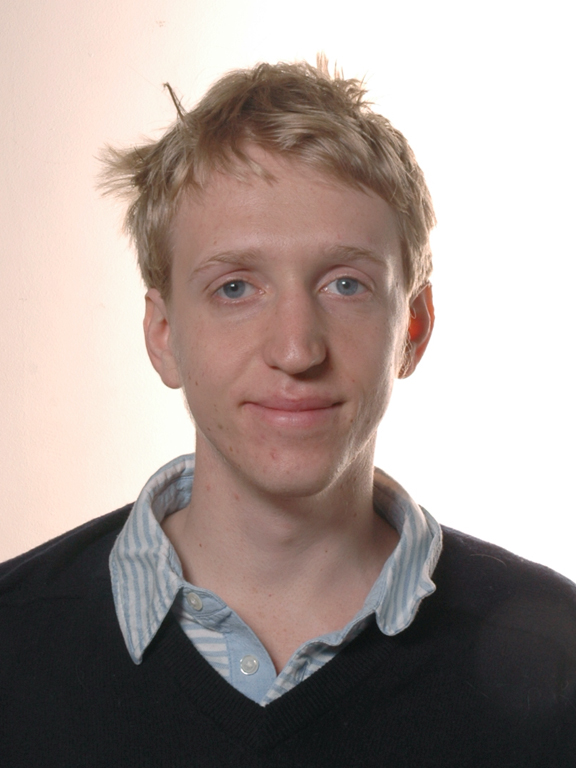
Difference: RichardPates (r4 vs. r3)
| r4 - 08 Nov 2014 - 15:39 - Main.rtp22 | r3 - 29 Oct 2014 - 11:33 - Main.rtp22 | ||||||||||||||||||||||||||||||||
|---|---|---|---|---|---|---|---|---|---|---|---|---|---|---|---|---|---|---|---|---|---|---|---|---|---|---|---|---|---|---|---|---|---|
Richard T. Pates |
Richard T. Pates |
||||||||||||||||||||||||||||||||
Position: Research Associate |
Position: Research Associate |
||||||||||||||||||||||||||||||||
Office Location: BN4-86 |
Office Location: BN4-86 |
||||||||||||||||||||||||||||||||
E-mail: rtp22 [at] cam.ac.uk |
E-mail: rtp22 [at] cam.ac.uk |
||||||||||||||||||||||||||||||||
Background |
Background |
||||||||||||||||||||||||||||||||
2013 -- Present: Research Associate, University of Cambridge |
2013 -- Present: Research Associate, University of Cambridge |
||||||||||||||||||||||||||||||||
2009 -- 2012: PhD, University of Cambridge (supervisor Dr Glenn Vinnicombe) |
2009 -- 2012: PhD, University of Cambridge (supervisor Dr Glenn Vinnicombe) |
||||||||||||||||||||||||||||||||
2005 -- 2009: MEng, University of Cambridge |
2005 -- 2009: MEng, University of Cambridge |
||||||||||||||||||||||||||||||||
Research Interests |
Research Interests |
||||||||||||||||||||||||||||||||
Stability and Performance of Large Networks: In many networks maintaining performance independent of size is essential. For example a power system must maintain its operating frequency and voltage as consumers join and leave the grid. I am interested in how to design a network to have this property. |
Stability and Performance of Large Networks: In many networks maintaining performance independent of size is essential. For example a power system must maintain its operating frequency and voltage as consumers join and leave the grid. I am interested in how to design a network to have this property. |
||||||||||||||||||||||||||||||||
My PhD thesis was concerned with the above, where we demonstrated that provided the building blocks of an (electrical) network are interconnected in a particular way, the network inherits the designed properties of each piece (stability, l2 gain, etc). We use this approach to show how, for example, stability of an electrical power system with many generating areas can be deduced from one with two. |
My PhD thesis was concerned with the above, where we demonstrated that provided the building blocks of an (electrical) network are interconnected in a particular way, the network inherits the designed properties of each piece (stability, l2 gain, etc). We use this approach to show how, for example, stability of an electrical power system with many generating areas can be deduced from one with two. |
||||||||||||||||||||||||||||||||
Teaching |
Teaching |
||||||||||||||||||||||||||||||||
I have conducted small group teaching (1-3 people) for courses on: |
I have conducted small group teaching (1-3 people) for courses on: |
||||||||||||||||||||||||||||||||
Dynamics and Vibration (2014), Systems and Control (2013?14). Mechanics (2012). Vector calculus, linear algebra and probability (2010?12) |
Dynamics and Vibration (2014), Systems and Control (2013?14). Mechanics (2012). Vector calculus, linear algebra and probability (2010?12) |
||||||||||||||||||||||||||||||||
Selected Publications |
Selected Publications |
||||||||||||||||||||||||||||||||
Stability certificates for networks of heterogeneous linear systems. In IEEE 51st Annual Conference on Decision and Control, December 2012 |
Scalable Design Rules for Physical Systems. 2014 (submitted). Stability certificates for networks of heterogeneous linear systems. In IEEE 51st Annual Conference on Decision and Control, December 2012 |
||||||||||||||||||||||||||||||||
|
|
||||||||||||||||||||||||||||||||
| r4 - 08 Nov 2014 - 15:39 - Main.rtp22 | r3 - 29 Oct 2014 - 11:33 - Main.rtp22 | ||||||||||||||||||||||||||||||||
